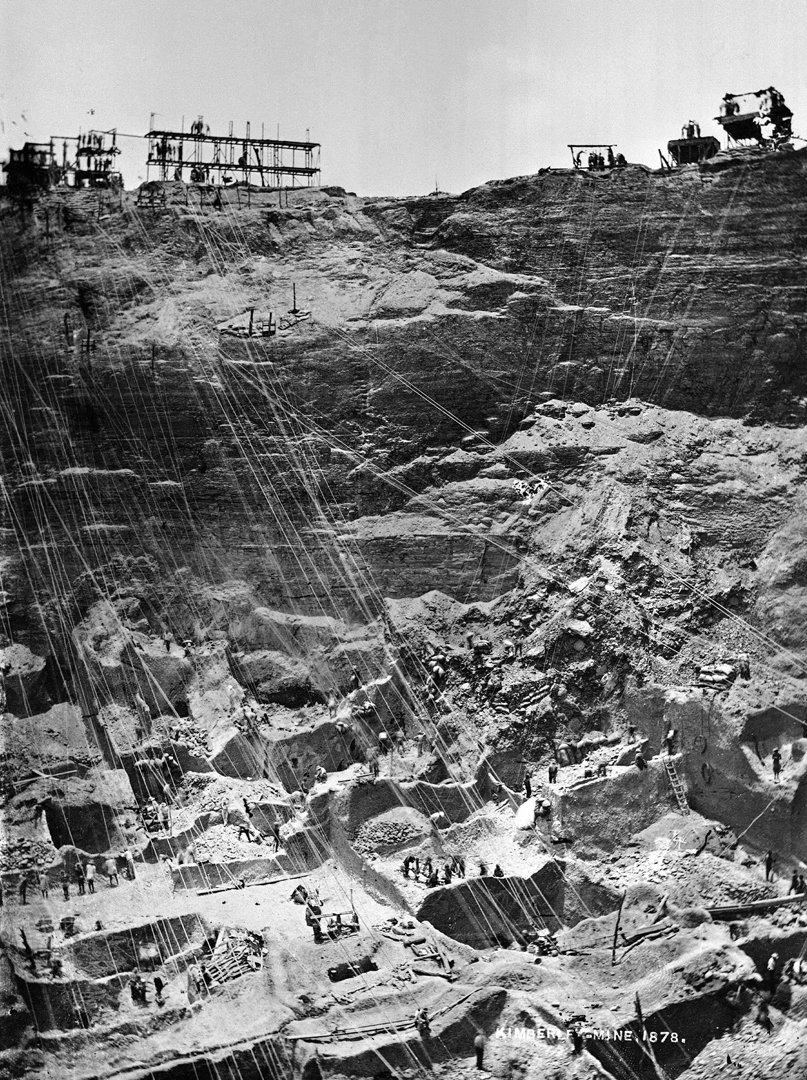


Unemployment in South Africa is at 32.6 percent, the highest level recorded since the government began producing quarterly labor force reports in 2008.

Molefe, 41, who conceded that he had no clue whether they were actually diamonds. Two days of strenuous digging had yielded four stones for Mr. No one who came seemed the least deterred by the widespread skepticism that the stones were really diamonds. The rumor that a herdsman had found clear stones resembling diamonds in the soil of a grassy, tree-filled slope last month lured thousands of South Africans to KwaHlathi, a sleepy village in the eastern province of KwaZulu-Natal where cattle roam freely.Ĭoming by taxi and by car, many from hours away, they dreamed of a turn of luck in a nation whose persistent struggles with joblessness have reached new heights amid the pandemic. He took a few more vigorous whacks into the edges of the shallow crater he had dug at the bottom of a hillside, before scooping up a handful of loose dirt and shaking it in search of the sparkle of a gem. She lives in a shack in an informal settlement south of the city and has had to put on hold her dream of building a house for her and her 7-year-old daughter.KWAHLATHI, South Africa - Sbusiso Molefe stretched the pickax high above his head and hacked into the clumpy black dirt around his feet. She has not been able to work since March of last year after her job at the Johannesburg airport was cut because of the pandemic. Molefi, who had made the trip to KwaHlathi from Johannesburg, said she would consult gemologists on her own to find out whether the stones she unearthed were indeed diamonds.

Pillay said, and officials would seek to make sure the community benefits if there are profits to be made. “It’s not an unreasonable concern given how things have happened in the past,” he said.Ī geological study is underway to determine the commercial value of the quartz, Mr. That sentiment did not surprise Ravi Pillay, an executive in the provincial government in charge of economic development. “They’re spreading fake news that this is not a diamond, because they don’t want people to go and dig the diamonds there.” Khazi said when reached by phone after the announcement.


 0 kommentar(er)
0 kommentar(er)
